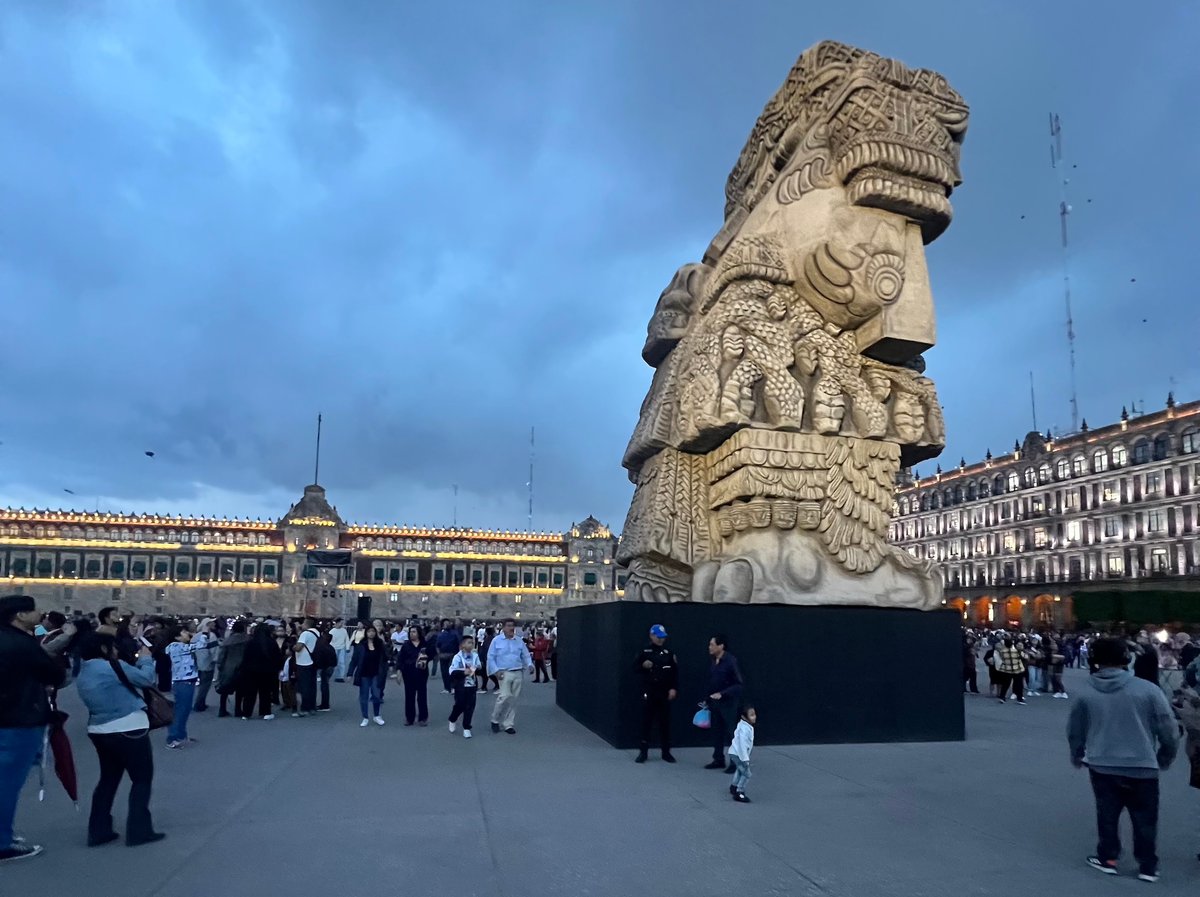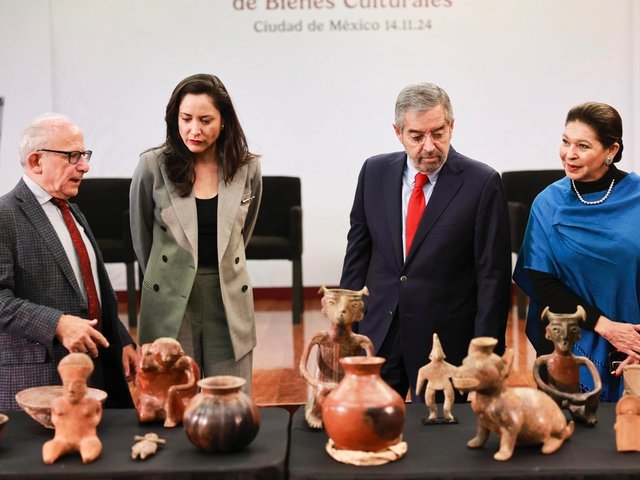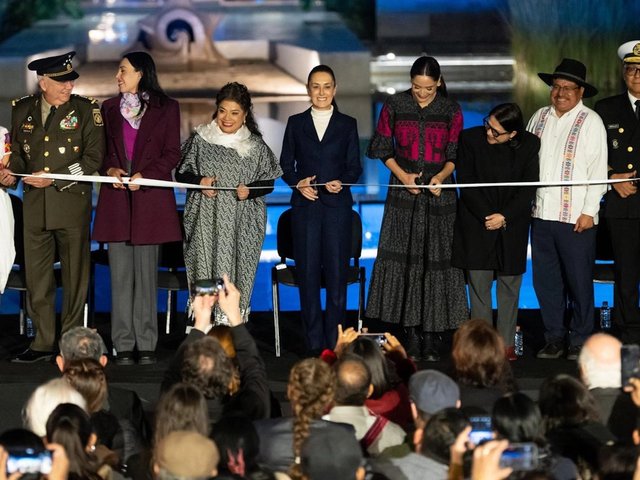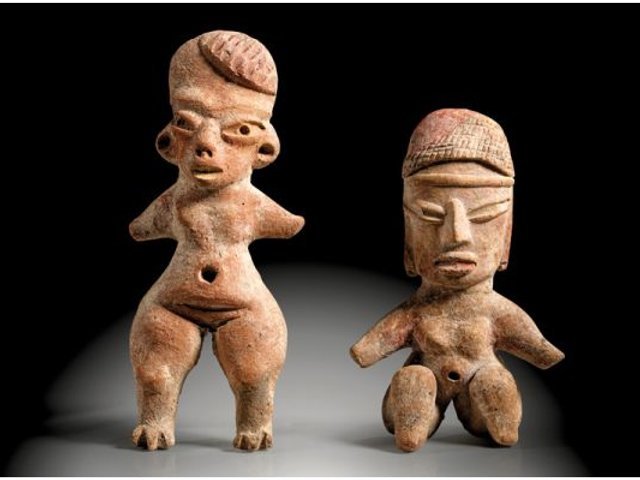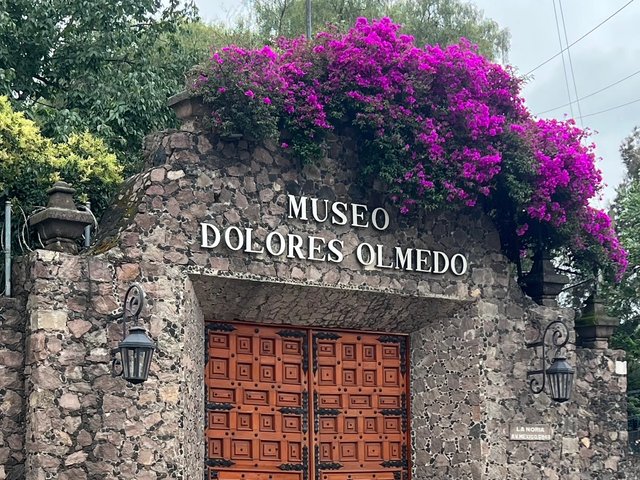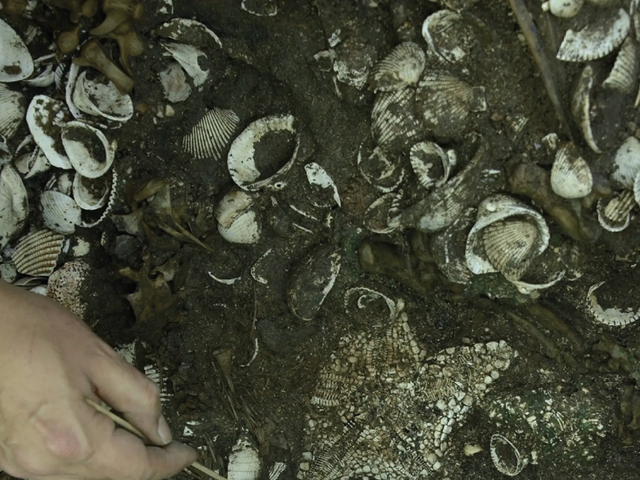This month, Mexico once again marks the 700th anniversary of México-Tenochtitlan’s founding. In July 2021, then-president Andrés Manuel López Obrador (colloquially known as AMLO) led a similar celebration, drawing criticism from scholars because of historical inaccuracies. This year's festivities include public art, urban routes, performances and dances organised by federal and local authorities. While honouring Mexico City's origins, the occasion underscores an ideological focus on the country’s Indigenous past. While this phenomenon is not new, it has been accentuated under recent politicians and their administrations.
Mexican identity
Tenochtitlan is synonymous with Mexico's pre-Hispanic past. The city’s founding is tied to the Mexica migration from Aztlán to a promised land, symbolised by an eagle on a cactus devouring a snake. The myth shapes Mexico’s identity and is even shown on its flag. "The Mexican state's identity has largely been Mexica-centric as part of traditional nationalistic views," says Federico Navarrete, an historian at the National Autonomous University of Mexico. He also notes that the city’s development ties to Tenochtitlan beyond nationalism.
Although historical accounts differ, the year 1325 is Tenochtitlan’s most cited founding date, with 1321 scarcely mentioned. "The date will always be debatable; historic precision is impossible," says Navarrete, adding that important groups coexisted in the region for more than 2,000 years. Many argue that AMLO's 2021 commemoration manipulated history: "It was shaped by the political climate, aiming for an overly patriotic celebration conveniently coinciding with the 500th anniversary of Tenochtitlan's fall and the 200th anniversary of Mexican independence," says the historian Rodrigo Martínez.
Beyond debates about dates, celebrations reflected AMLO's nationalist focus—continued now by President Claudia Sheinbaum—highlighting Mexico's Indigenous roots over its colonial past. “We must celebrate the founding of Tenochtitlan, one of the last great cities to fall to the Spanish invasion, and vindicate its legacy,” Sheinbaum said at a press conference. “For years, the Conquest was portrayed as civilising, but it was, in truth, an invasion that ended our great civilisations.”
This type of vindication has included presidential inaugurations featuring Indigenous symbols and Sheinbaum’s recent first-ever state funeral for Cuauhtémoc, which marked 500 years since the last Mexica ruler’s execution. Under AMLO, diplomatic tensions also erupted after an unsuccessful demand for a Spanish apology for the Conquest, while the restitution of Mesoamerican artefacts became a priority.
Navarrete notes another difference with past regimes: "There is a symbolic and discursive valorisation, but also a real one of living Indigenous groups." This is reflected, for example, in the National Museum of Anthropology’s reinaugurated ethnographic galleries and the cultural ministry’s new Unit of Living Cultures, Intangible Heritage and Interculturality.
July festivities
The Zócalo, near the Mexica Templo Mayor site, is now centre stage. Festivities began there on 11 July with the temporary display of five large-scale reproductions of Mexica pieces, some excavated nearby, like the Aztec Calendar Stone and the famous Coatlicue statue. Vendors sell illuminated headdresses and eagle-shaped kites, while people in traditional attire—a common sight at Zócalo—perform rituals and pose for selfies.
At night, Memoria Luminosa, a video-mapping projection on the Palacio Nacional and the Cathedral's walls, narrates 700 years of city history. The hour-long projection (until 27 July) covers social, cultural and daily life, framing political transformations through the current administration's lens. It also connects to the exhibited Mexica pieces by describing their discovery and symbolism.
But this projection has not escaped controversy. "Some images go against the Catholic faith," stated a press release from the Catholic Church, prompting its removal from the Cathedral.
"Memoria Luminosa captures social manifestations in the city's history and cultural, legal and political shifts," Mexico City's cultural ministry responded in a statement. "There is no intention to hurt any devotion." The contested images, later removed, related to abortion.
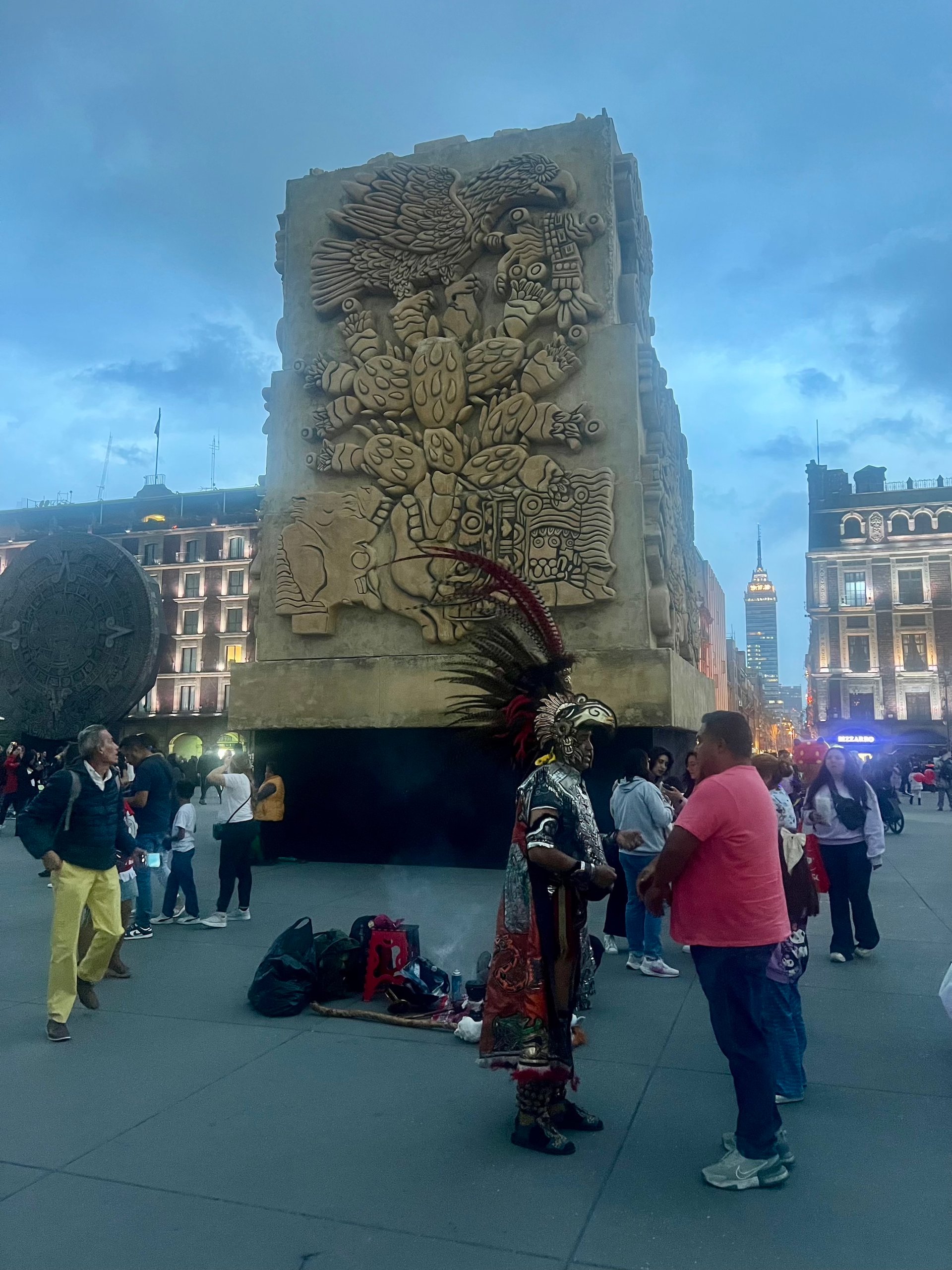
People dressed in traditional attire perform rituals and pose for selfies at Zócalo Photo: Constanza Ontiveros Valdés
Sun celebrations
The main events, largely centred on the Mexica founding motif, are set for 26 July, aligning with the sun’s second zenith passage—a key astronomical event for Mesoamerican cultures and present-day Concheros (ritual dance groups). On Saturday, more than 3,500 Mexica-inspired dancers will parade from Chapultepec to the Zócalo, re-enacting the legendary pilgrimage. Mexico’s defence ministry will also organise an 800-person historical re-enactment, including the hierophanic tableau.
A new permanent monument, Tlalmanalli, will be unveiled as well: a scaled replica of the Teocalli de la Guerra Sagrada (around 1507), the earliest known stone bas-relief depicting the eagle and cactus. The monolith reinforces the scene’s significance in Mexico City’s central plaza. “Tlalmanalli, this offering, honours seven centuries of identity and greatness that Mexico-Tenochtitlan was and still is,” said Diego Prieto, then-director of Mexico’s National Institute of Anthropology and History.
Celebrations will continue throughout the year. A public art exhibition along the Paseo de la Reforma will add 250 cactus sculptures decorated by different artists, further emphasising the plant’s symbolism. An upcoming urban path will also follow the 23km layout of Tenochtitlan and nearby Tlatelolco. "The project intends to connect city inhabitants with the Mexica past and its continuity through an intervened urban walk alongside accessible, research-backed content," says Navarrete who, along with other experts, is behind the government-supported independent initiative.
The multifaceted programming celebrates Tenochtitlan’s founding, connecting it to present-day Mexico City and, at times, inspiring patriotism. However, some warn against its perceived idealisation.
“A commemoration is valid and even necessary,” Martínez says. “But it is important to avoid falling into overly patriotic or apologetic narratives about a past that, like any historical moment, deserves both praise and critique.”


